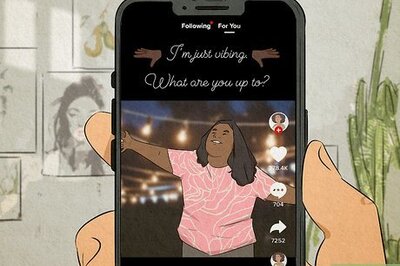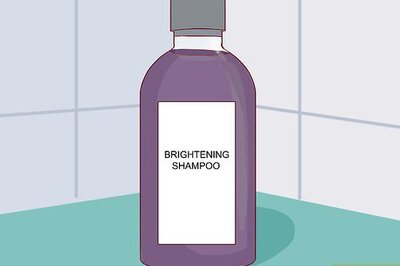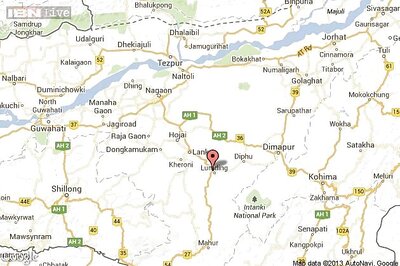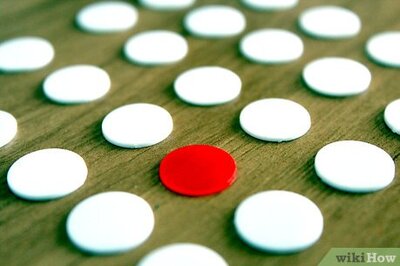
views
Sex and gender are two concepts that still make it hard for people to find a line of distinction between them. While sex is biological, gender finds its roots in the social construct that the society we live in abide by. Despite the various discourses about gender identity and fluidity, sex and gender overlap.
This overlapping is what resulted in various norms that curb gender fluidity and categorize genders into male and female. With a rigid distinction in place, intangible things such as colour, too, got separated into categories – blue and pink – for males and females, respectively. The concept has been on the move for so many years that it feels like an innate sense that blue is for boys and pink is for girls. But, how did it come to be? Let’s get to the bottom of this.
Past
In her book ‘Pink and Blue: Telling the Girls From the Boys in America,’ author Jo B. Paoletti talks about how these colours started getting associated with boys and girls. She wrote in great lengths about the formation of an idea that with time got transformed into a full-fledged rule.
It all started in the 19th century with the advent of pastel colours. Pastel colours were highly luminescence and had a low saturation which complemented the hair and eyes of babies. Blonde hair went with the colour blue, and brown hair went with pink. When this association was being introduced, blue was assigned to girls as the colour was dainty, and pink was assigned to boys since it oozed a more decisive characteristic.
This assignment turned over a new leaf a few decades later when during the 60s, this colour association was switched. Now, pink became the colour of girls since it had a shade of red signifying emotions and love, while blue was reserved for boys. This was also the time when industrialisation was still flourishing, and capitalism was getting bigger with every breathe.
This game of pink and blue found a larger category of players – the retailers and manufacturers – who had the idea to capitalize on this association. With prenatal testing still being considered ethical at that time, toys, decorations, clothes, and whatnot started donning shades of pink and blue.
Present
The era of the internet and the torrential supply of information has made people correct their understanding of the world to a great extent. But that did not change the deeply ingrained concepts that subconsciously make us follow them. We all talk about gender fluidity and gender rights, but gender-reveal parties still exist.
Not just commoners, but celebrities, who are quite vocal about an array of issues, societal or otherwise, too, follow the norm and announce their babies’ gender using blue and pink. Many people still feel eerie if we see a person breaking the distinction and savouring the shades of grey in between.
Future
Breaking the rigidity of the social structure and freeing gender from the clutches of society is an onus that requires collective effort and collective conscience. Being okay with the grey in a world that pushes each other towards black or white is what needs to be ingrained, just as the role of pink and blue was ingrained for decades. And maybe, we start cherishing colours as colours and not categories.
Read all the Latest Lifestyle News here




















Comments
0 comment